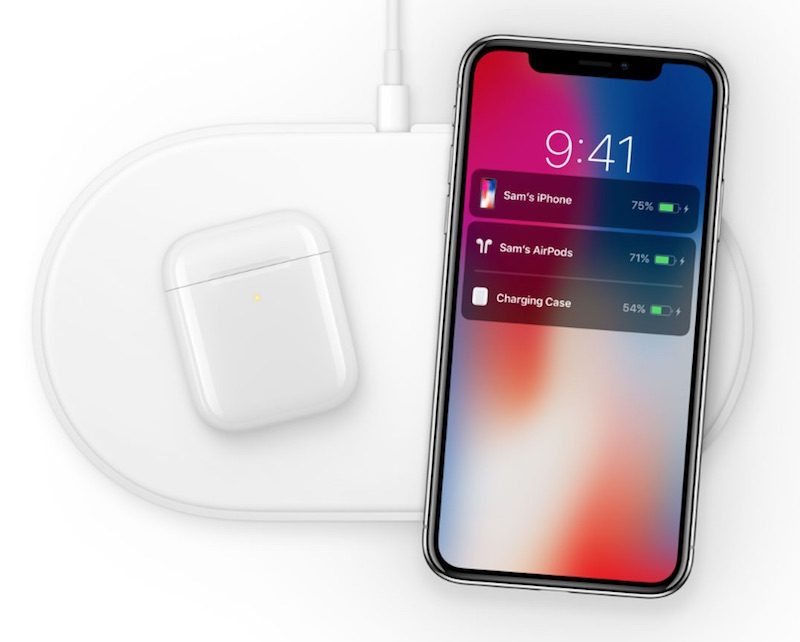Apple’s cancellation of its long-delayed wireless charging mat, AirPower, may have been due to issues involving heat management or electromagnetic interference, industry watchers have said.
Apple said it was cancelling the product due to unspecified engineering issues, in a highly unusual move for the company.
The device, announced in 2017, was planned for release last year, and a diagram for how the mat could be used to charge Apple’s AirPods was even included on the packaging for the wireless earphones.
But industry watchers had signalled from the beginning that Apple’s plans represented a major engineering challenge, and Apple has now indicated it agrees.

‘High standards’
“After much effort, we’ve concluded AirPower will not achieve our high standards and we have cancelled the project,” said Apple senior vice president of hardware engineering Dan Riccio in a statement.
“We apologise to those customers who were looking forward to this launch. We continue to believe that the future is wireless and are committed to pushing the wireless experience forward.”
Most wireless charging devices use the Qi standard, which specifies a means of inductive charging between two planar coils that can be placed a maximum of 4 centimetres apart.
Apple’s AirPower, on the other hand, was intended to make wireless charging far easier by providing charging capability for devices placed anywhere across the mat.
It was intended to be able to simultaneously charge an iPhone, an Apple Watch and a pair of AirPod headphones.
AirPower failed to appear at any of Apple’s 2018 announcements, however, and late last year Apple removed most references to it from its website.
Electrical interference
In 2019, however, rumours surfaced that Apple was ramping up production of the charging device, and a developer beta-test version of iOS 12.2 – released on 18 March, only ten days before AirPower’s cancellation – included official support for the charger.
Industry observers said Apple may have called off AirPower due to issues involving heat generation or electromagnetic interference.
According to patent filings, Apple appears to have planned to use a large number of overlapping coils to provide charging across the entire mat, compared with most mats, which place only two or three coils side-by-side.
One engineer told iFixIt that that plan may have generated unacceptable levels of heat or electromagnetic interference, which would have made it impossible to obtain regulatory approval for the device.
Other major smartphone companies, including Huawei and Samsung, have already released wireless charging products for their devices.
Samsung’s recently introduced Galaxy S10 smartphone includes a feature called PowerShare that turns the handset itself to a charging mat that can transmit power to a watch, earphones or other Qi-enabled devices.





